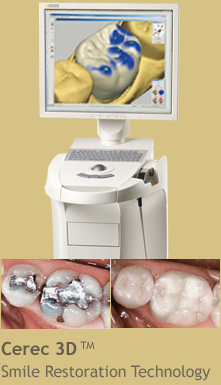Dental Terms
Six-year molar South London
When it comes to your child's oral health, taking care of their six-year molars is essential. These molars are the first permanent teeth to erupt behind their primary teeth, and they play a crucial role in their dental development. Here's what you need to know about caring for your child's six-year molars:
The Tooth Transition Period
The tooth transition period typically begins around the age of 6 and continues until your child is about 12 or 13 years old. During this time, their primary (deciduous) teeth will naturally loosen and fall out as the roots resorb. In their place, permanent teeth will gradually erupt.
Characteristics of Permanent Teeth
Permanent teeth have distinct characteristics that set them apart from primary teeth. They are often slightly more yellowish in color due to the natural color of dentin, and their enamel is more transparent. As a result, the overall appearance of permanent teeth is slightly yellower than that of primary teeth. Additionally, the thickness of dentin increases with age, contributing to the yellowish hue.
The Six-Year Molar
The first permanent molar, often referred to as the "six-year molar," typically erupts at around the age of 6. It emerges behind the four corners of the primary teeth. It's crucial to remind your child to brush this new molar thoroughly with fluoride toothpaste and a toothbrush. Proper cleaning can help prevent gum inflammation and cavities on the six-year molar.
Natural Exfoliation of Deciduous Teeth
In most cases, primary teeth will naturally exfoliate (fall out) as permanent teeth begin to erupt. There is generally no need for extraction, as premature loss of primary teeth can lead to irregularities in the alignment of permanent teeth.
Managing Loose Teeth
During the tooth transition period, your child's teeth may become loose, and there may be mild bleeding during brushing. Encourage your child to maintain good oral hygiene, including cleaning around the loose deciduous teeth, to prevent gum inflammation and ensure a smooth transition to permanent teeth.
Proper care of your child's six-year molars and overall oral hygiene during the tooth transition period are essential for their dental health. If you have any concerns about your child's oral development or need guidance on their dental care, don't hesitate to contact us at Dr. Zhugang Zheng Dental Office in South London by calling (519) 680-1880. Our experienced Dr. Zhugang Zheng is here to help your child maintain a healthy and beautiful smile. You can visit us at 141 Wharncliffe Rd. in ON.
You might be interested in...





